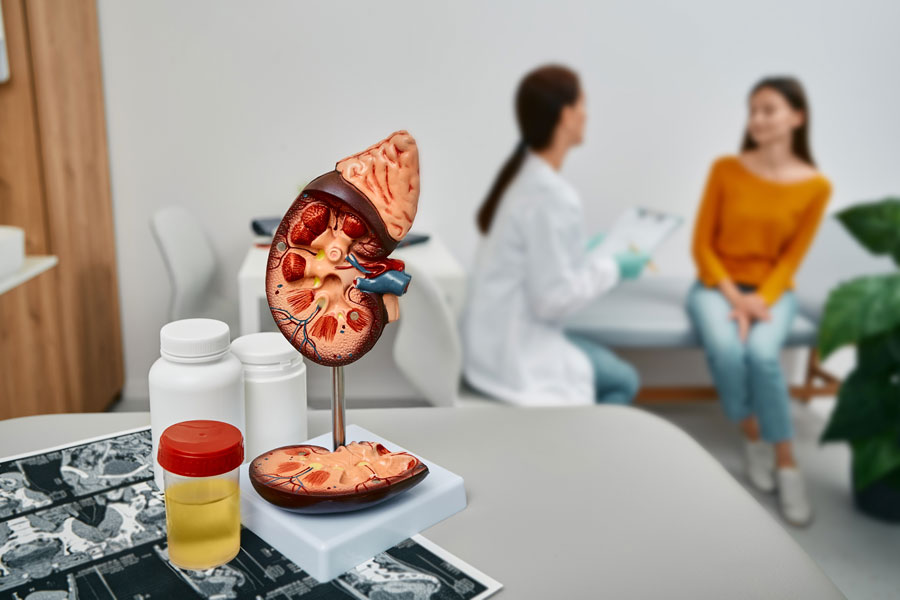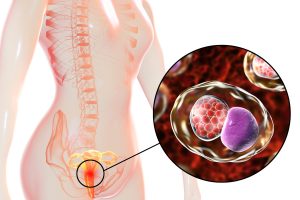If your doctor or general care physician tells you it’s time to see a urologist, you might be wondering why, what for, and what exactly they do. First of all, don’t panic!
Before you come to urology office for a friendly visit, why not do some homework and learn a little more about this special branch of medicine.
Why is Urology Important?
Urology has roots dating all the way back to the 19th century in Europe with the invention of a tool called the cystoscope. Here in the states, urology came into popularity around 1910 with the appointment of Dr. Hugh Hampton Young as a Professor of Urology at Johns Hopkins Hospital.
Your urologist examines the urinary system and issues that both men and women can have with going to the bathroom. (This covers anything having to do with your kidneys, ureters, bladder, adrenal glands, and urethra.) Urology is also concerned with male conditions in the genitals and reproductive issues. Since we know these types of health problems can occur in both men, women, and even kids, urology is an important part of the medical field.
How Do You Become a Urologist?
Someone interested in studying urology must undergo training and learn all about the many diseases that affect our urinary systems and the male reproductive system. Urologists are also trained surgeons, offering patients surgical solutions to their issues. You’ll find that doctors like your urologist are also very knowledgeable about internal medicine, pediatric care, and gynecology. A urologist must fulfill specific educational and examination requirements before they’re certified by the American Board of Urology.
Some of the most common reasons a patient is referred to a urologist are:
– Urinary tract infections (UTI)
– Kidney disease
– Incontinence
– Low testosterone
– Bladder and kidney stones
– Erectile dysfunction
– Overactive bladder
– Enlarged prostate
– Male infertility
It’s important to talk to your doctor if you’ve been experiencing any of these health issues or related symptoms.






